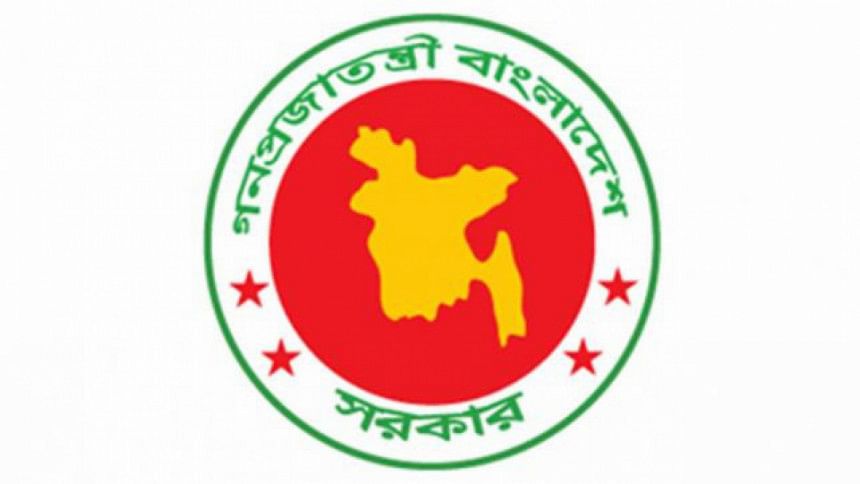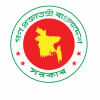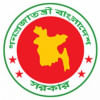ADP spending in July-March lowest in a decade

The first nine months of the current fiscal year of 2022-23 saw the lowest implementation rate of the annual development programme (ADP) in at least the last 10 years, with only 41.65 per cent of the total outlay being spent till March, showed official figures.
The government managed to spend Tk 98,521 crore from its ADP budget in the July-March period of fiscal year 2022-23, according to data from the Implementation Monitoring and Evaluation Division (IMED).
It was Tk 98,934 crore in the same period in fiscal year 2021-22.
As of March, the ministries and divisions managed to spend 41.65 per cent of the total revised ADP allocation of Tk 236,560 crore set aside to carry out development activities throughout the current fiscal year.
It was 45.05 per cent in the same period of FY22.
Between July and March, the implementing entities spent Tk 56,151 crore from the government's portion of the ADP, down 2.15 per cent year-on-year.
The use of government funds declined as Bangladesh took various austerity measures in project implementation owing to the economic crisis, higher inflation and the US dollar shortage caused by the fallout of the Covid-19 pandemic and Russia-Ukraine war.
For the past three years, the government has put the implementation of low-priority projects on hold to free up funds for more productive sectors.
Ahsan H Mansur, executive director of the Policy Research Institute of Bangladesh, an independent think-tank, said the slow implementation was related to the government's financial issues.
Although nine months have already passed, the government can reach an average rate if adequate money can be disbursed, he added.
The government usually spends around 80 per cent of the total ADP budget and more than 90 per cent of the revised budget every year.
This year, taking the overall ADP implementation to 80 per cent will solely depend on the government's fund disbursement capacity.
"The remaining three months are very crucial for the government as the revenue collection won't increase by that much of an extent this year," Mansur said.
As a result, the government will either have to borrow or cut down overall costs.
"But there should have been more emphasis on accelerating the implementation of the projects backed by foreign aid," he added.
Spending from foreign loans has increased in the nine months following the Covid-19 period to reach around 52 per cent of that set aside. In fiscal year 2018-19, meaning prior to the emergence of the pandemic, it was 57 per cent.
Spending by state-owned enterprises came down to Tk 3,647 crore in the nine months to March against Tk 5,251 crore in FY22, the IMED data showed.
Though there has been no directive on restricting expenses in the health and education sectors, development expenditure in the segments has remained the lowest.
Among the fifteen highest recipients of ADP, the shipping ministry was the worst-performing division in the July-March period. Its spending stood at Tk 1,265 crore, accounting for only 27.26 per cent of its total allocation.
Other low performers include the health services division, the Ministry of Water Resources, and the secondary and higher education division.
The bridges division was the top performer as it spent 63.46 per cent of the budget.
The energy and mineral resources division came second with its expenditure standing at 56.27 per cent followed by the power division (55.79 per cent).

 For all latest news, follow The Daily Star's Google News channel.
For all latest news, follow The Daily Star's Google News channel. 








Comments